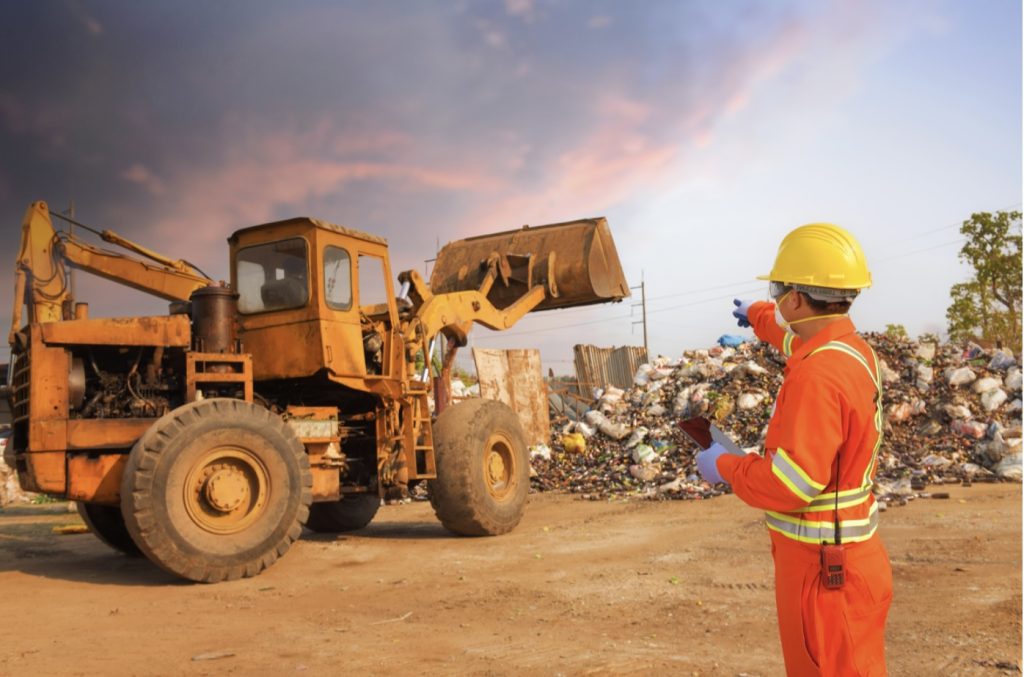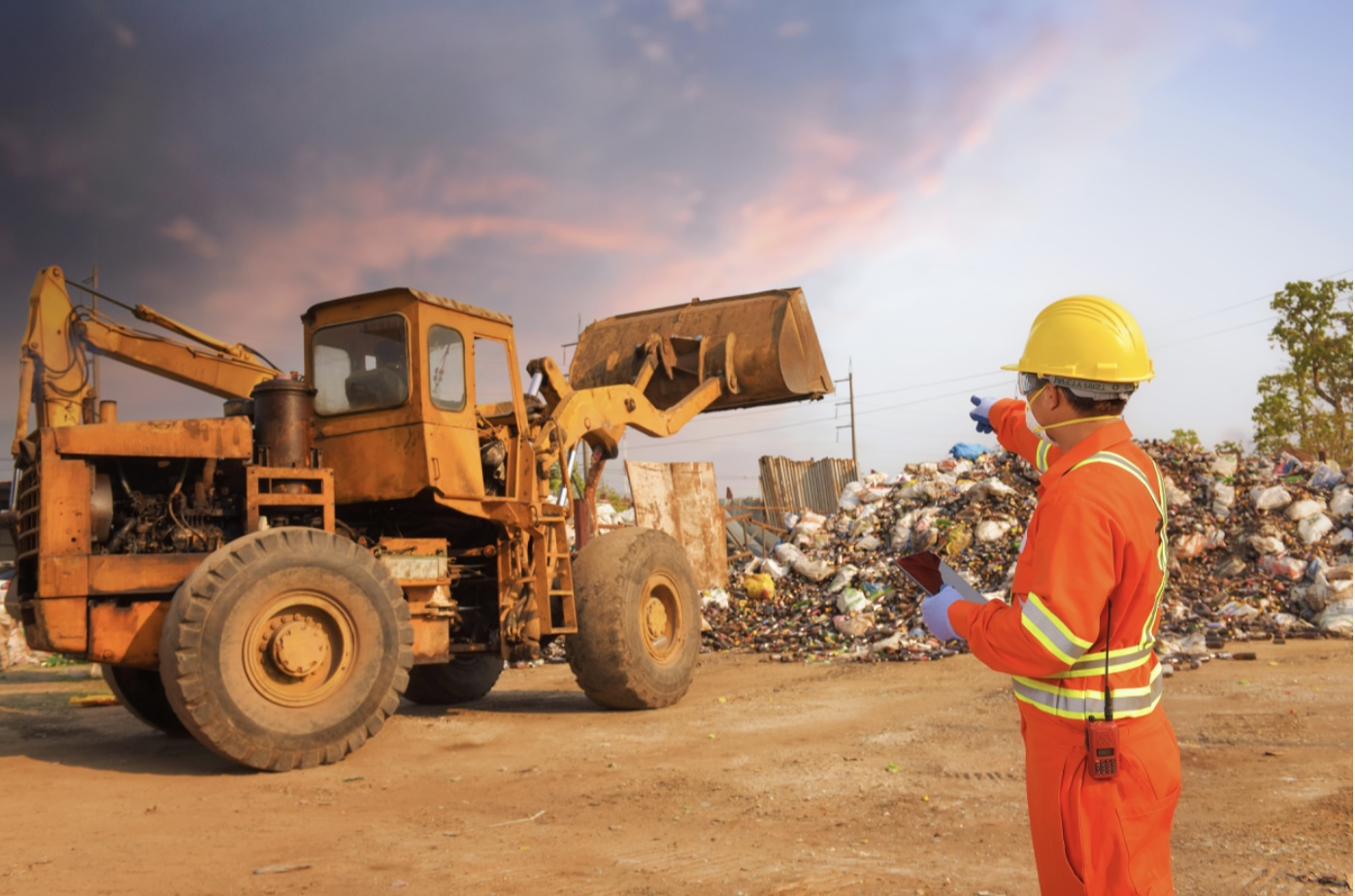Handling construction and demolition waste can be difficult. There are a lot of rules and regulations. In some areas, it seems almost as difficult for waste management plan. The key to making C&D waste less of a hassle is to make a WMP for it. Every job, no matter how small, will have waste that needs to be planned and dealt with. In this blog, we’ll look at the plan you can take to make it simple for you to get rid of C&D waste without massive expense or hassle.
What is a waste management plan?
A waste management plan (WMP) is more than just a way to get rid of the water that is generated at a job site; it’s a complete report of where all waste went so that it’s available for review by authorities, the client, and the client’s stockholders and owners. The WMP details the quantity of waste recycled, how much waste goes to a landfill, and how much waste is reclaimed for resupply.
Some materials can be donated to stores that exchange them for useful items like discounted windows or doors. This is an opportunity to make money from the waste materials or get a tax write-off for the donations. Habitat for Humanity runs several ReStores that allow you to donate materials that build low income housing.
The steps to a great waste management plan
The steps are simple. Each step in waste services should be completed and documented.
Let’s start with a single step that can make the entire process go away: hire a waste management firm that will recycle everything. In Columbus, Builders Trash Services is the answer. We offer dumpsters of all sizes on site. Then, we recycle everything. The simplest and fastest way to solve your problem is to simply give it to the experts. We can even provide documentation of your waste disposal for your reporting.
If you don’t have access to Builders TRash Service or a similar service in your area, here are the steps you should take.
Put Together a Team:
If you’re doing a small kitchen remodel, this might simply be the job for one person, but if you’re doing a larger job, you need a team that will take care of waste just as you have a team that works with acquiring materials. Keep in mind, this team can have other responsibilities. However, the entire team needs to understand the plan. Include the subcontractors and other key stakeholders in your communications.
Plan for Waste:
This is the first step. How much waste do you expect? Also, what material will you be discarding? Obviously, if there’s asbestos that needs to be removed, that will be handled separately. Otherwise, you need to document the estimates of how much you’re going to produce.
Benchmark Your Waste:
What aspects of waste do you want to donate/sell for reuse? How much will you recycle? How much do you expect to simply discard? These benchmarks give your team guidelines for best practices performance. If they can recycle more, great, but they must be ready to hit reasonable goals. These goals will often be based on local standards and the availability of recycling and refuse services.
Find Places and Contractors to Handle Recycling:
The first place to look for services is in recycling. Recycle materials that are no longer useful. In addition, you need to find facilities to recycle the materials that your team will drop off. If you contract your dumpster services, you might need to arrange for them to deliver those materials to the locations you’ve identified to handle recycling for you.
Tell the Employees:
Your employees need to know the plan. If you’ll be recycling some of your materials, donating others, and dumping the rest, your employees need to know what’s what and how to judge. With that in mind, you can’t ensure they are able to handle each type of waste if they don’t know the plan. Clearly mark the paths to the separate dumpsters or staging areas. You don’t want a lot of discarded waste ending up in the reuse areas.
Proper Permitting is Vital:
Once you’ve built your plan for how you’re going to handle the waste, you can get permits for each management project. You’ll also need to consider planning with any charitable organizations for pickup and drop-off, if needed. Arrange everything prior. This will make it easier to wrap up the project at the end of the project.reports need to go to everyone with an interest in your water management. This can include the clients, the municipality to retrieve any deposits, and a LEED consultant if there’s one on the job. Report movies earned from donations and sales. The contract typically defines where the money goes.
Recycle or Just Dump?
This should be a simple answer. Sometimes, recycling can seem like a hassle. It has the advantage that you can get tax credits and use the fact that you recycle as a marketing tool. When dealing with almost every Silicon Valley or tech company, you must recycle everything you can. That is, their company policy/mandate always pushes to minimize their environmental impact as much as possible.
A Waste Management Plan for C&D is Vital
A waste management plan was a luxury in the past. Today, with environmental reactions, consumer and client awareness, it’s something you’ll need to do with every job you take on.
In the Columbus area, we created our 100% recycling of C&D materials program to make it easy. By hiring Builders TRash Service, you can fill out the entire report in dance. Recycle everything. If you pull out materials for reuse or donation, you can add those in.
When you hire your roll off dumpster service, make sure they’ll give you reports on every dumpster that leaves the property. If you do this, you’ll have the documentation for some certifications and for municipalities if they decide to audit activities.
Call the team at Builders Trash Service if you have questions – (614) 683-0001.





[…] a small home cleanout or a large construction job, the right dumpster rental service can make waste management a […]